
[Note from editor: originally published on AEC Labs]
With Kodak recently announcing that it’s launching its own cryptocurrency to help protect digital photographers who sell their work on the web, we thought it would be a good time to take a deeper dive into blockchain technologies here at AEC Labs and discuss where they could have meaningful application for the construction industry in 2018 and beyond.
This is a rather long article (our longest so far here at AEC Labs!), so we’ll give you the punchline up front: the five areas where we believe that blockchain has the potential to truly disrupt the construction industry are in building information modeling (or BIM), smart contracts, the construction supply chain and scheduling, payment applications and liens, and insurance.
But before we can analyze its applications for each of these crucial areas of the AEC industry in more depth, we need to discuss some basic outlines of what a blockchain is.
How is a blockchain created and why is it so secure?
A blockchain is a continuously – and potentially infinitely – growing set of digital records, each of which is accessible to the public (or a closed group of users, as the case may be) over the internet. Think of it as a digital ledger whose entries are immutable – if any single entry in an infinite list of historical transactions is changed in any way – no matter how small the edit – every single user of the blockchain will know immediately. As new “blocks” of data are added to the chain, each user receives the new, updated version instantaneously.
The technology has its origins in the “double spending” problem for online transactions. Suppose you own some discrete amount of digital currency and want to pay your friend back for a recent dinner. Without some sort of mechanism for validating the transaction, you could essentially use that digital money to pay back your friend and then use it again for another transaction next week (or potentially an infinite number of transactions).
A centralized mechanism for validating payment to your friend would be a trusted third party (like a notary public, say, for paper transactions or the digital certificate authorities that enable https:// security.) But there are limitations – can you trust that third party to always act in your best interest in verifying the transaction? Here is where decentralization and blockchain technology comes into play.
The key to understanding blockchains is the hashing function.
A blockchain’s continuously growing set of digital records is organized into sequential “blocks.” Each block contains the transaction data (or data from a group of transactions, like purchases during a particular time period or all of the deeds to the houses in your neighborhood), a timestamp, and a “hash” that was generated by the previous block in the chain, all the way back to the “genesis block” whose data is used to generate the first hash in the chain.
The hash is the output of a cryptographic function (a mathematical process) that converts any amount of information contained in the block (the input, or in computer science terms a “string”) into an output that is the same size for all transactions that are parsed through the function. So you could potentially have an infinite amount of data that is reduced to, say, 256 random letters and numbers (if you apply the SHA256 function like most blockchains).
It’s relatively easy to run data through the function and to create the hash, but nearly impossible to recreate that data working backwards from the hash alone.
This is because changing even one character in the string – even adding a period to a sentence or flipping a single digit – will generate a completely different hash. For example, here are two hashes generated by the SHA256 hashing function run against a nearly identical sentence where the only difference is a missing period:
- The brown fox crossed the street, 217dbd0cb5d5b92bedcbd52b35802ae403c3200410e61ffe1e23543ade73bf78
- The brown fox crossed the street., 5b975ab4c64c313410fb39ea0dc4d7b09e893701b8dc417f3bec786e3933a080
Once the new hash is generated, it is sent along with the data comprising the new block to the rest of the network on which the chain exists. If the network agrees that the new hash is valid (i.e. if nothing in the chain has changed, the same data will always generate the same hash for all users on the network), then the block is added to the chain. The new hash is then recognized as the latest version of the blockchain and the process repeats itself when the next new block of data is added to the chain.
This process can continue infinitely and allows many users to update the data set independently, communicate those updates securely to other parties on the network, and guarantees that each user will always have the most recent version of the data.
It also solves for the original “double spending” problem by ensuring that the data in each block was only the subject of one transaction (i.e. it can’t be changed or modified without the network’s knowledge as this would change the hash).
Now that we have a general understanding of how a blockchain functions, what is a cryptocurrency?
Cryptocurrency transactions are all recorded on a public, decentralized ledger (i.e. a blockchain). At a very basic level, when Alice wants to send 5 Bitcoins to Bob, an algorithm confirms that Alice has 5 Bitcoins to send (by analyzing every transaction that has ever occurred in Bitcoin, all of which are listed in the ledger). If she does, then the transaction is added to what will be the next block in the ledger. Bitcoin “miners” (essentially other computers on the network) try and work out the first group of digits to the correct hash that will successfully add the block to the chain.
Once successful (this process takes about 10 minutes), the miner is rewarded with a fixed number of Bitcoins in his or her account (the number decreases over time as more Bitcoins are mined – the last one will be mined sometime in 2140 at the current rate), along with a small processing fee.
In this way, because there are a fixed number of them (21 million) Bitcoins are distributed into the global financial system somewhat randomly (unlike a central bank, say, printing paper currency.)
(This is admittedly a highly simplistic description of how Bitcoin functions – I suggest watching the video embedded below, which I thought was the best of what I found online describing how it works.)
So, with all of that background, how can this technology possibly impact the construction industry?
With most contractors and subcontractors still preparing lien waivers and payment applications by hand, how can blockchain technology or even a cryptocurrency realistically have any effect on improving the industry’s productivity and efficiency?
The possibilities are actually endless, and really only limited by your imagination. But here is our list of the top 5 ways that AEC Labs believes that blockchain technology could improve the construction industry sooner than you think.
- Building Information Modeling (BIM)
The applications for blockchain to improve the reliability and security of BIM (building information modeling) tools could be dramatic, particularly as more projects use increasingly sophisticated BIM models. What happens if there is an error in the model or if something – or someone – changes a component without communicating that change to the rest of the project team?
Blockchain tools could log infinite amounts of data about a particular component of a BIM model and ensure that it cannot be changed – but if it is, communicate who made the change instantaneously. There would be no confusion over ownership if there is an issue. And the security offered by blockchain would provide more comfort to parties who are leery of horror stories from BIM-related claims on construction jobs.
- Supply Chains & Construction Schedules
One reason why increasing efficiency and productivity in the construction sector has been so difficult is that supply chains to construct buildings and infrastructure assets are highly fragmented. Materials may be sourced in one part of the world, specified by a designer in another, and then requested and installed by a subcontractor at the direction of a construction manager.
This, of course, creates layers of transaction costs and compounds the inefficiencies that continue to plague the AEC industry. But blockchain technology has the potential to drastically streamline the construction industry’s supply chain (and those for any number of other industries, too).
For example, at the moment a piece of equipment or pallet of materials are delivered to a job site, the transfer of title or digital cash could automatically trigger a linked obligation upstream – say for the supplier to ship the next pallet or for the next item on the project schedule’s critical path to be initiated. These obligations would take place automatically, coded into the “smart” contracts that constitute this particularly kind of blockchain.
- “Smart” Contracts
Underpinning any blockchain-powered supply chain or construction schedule would be “smart” contracts. These contracts could use blockchain technology to actually enforce the obligations that are set forth in what we would consider to be a traditional contract.
For example, imagine a construction world where the obligations in every form industry contract – AIA, DBIA, ConsensusDocs – exist on a blockchain-powered platform instead of today’s clunky traditional, mostly paper contract documents.
Each obligation in the contract could be digitally added to a blockchain and then tied to automatic outcomes (like payment of digital currency, the imposition of digital liquidated damages, the release of digital retainage, or even the transfer of title to any kind of asset) once the software validates that the triggering condition is satisfied.
There is no gray area or middle ground or room for disputes because either the condition was satisfied, or it wasn’t; the computer network controls all possible outcomes, which exist in a limited universe of possibilities that are coded directly from the contract.
Complex blockchain construction contracts might be deep into the future. But for two-party, straightforward form agreements, blockchain technology offers the potential for a streamlined, efficient way of improving how construction contracts are selected and administered.
- Payments (including payment applications, liens, and lien rights)
Similarly, payment obligations and receipts could all be tracked in a blockchain ledger. If a contractor satisfies the digital conditions for payment, the software will automatically make a payment and, in return, instantaneously return a waiver of lien or any other digital document that is required by the contract.
Perhaps liens and lien rights will change too – with blockchain technology, every transaction will be tracked, recorded, and distributed over the blockchain so there will be no dispute over, say, misappropriated trust funds, pay-when-paid or pay-if-paid obligations, and whether payment milestones have been satisfied.
Regardless, removing paper processes like time-consuming payment applications will increase productivity, help projects proceed more quickly, and reduce costs. Already we’ve seen fintech and contech startups like New Orleans-based Zlien attacking the fragmented, segmented nature of the construction supply chain. Blockchain technology is the logical next step in that evolution.
- Insurance
Blockchain technology has the potential to dramatically change the way insurance policies are written. For example, there has already been discussion of “temporal” insurance policies that would only be in place while, say, while you’re driving your car or performing construction work on a project site.
This would decrease the cost to you and – coupled with Internet of Things technologies that could inform the blockchain about conditions as they exist in the real world – weather, for example – increase the efficiency of markets generally.
For the AEC industry, the applications could be similar. Intelligent wrap-up policies could know exactly who was on the site – and when – and structure rates and apportion liability based on what actually happened in the field without the need for litigation.
If you’re still with us, what do you think of our list? Did we miss any areas where you think that blockchain and cryptocurrency technology could change the way the AEC industry does business?
[Note from editor: originally published on AEC Labs]
The post 5 Ways That Blockchain and Cryptocurrency Technology Could Change the Construction Industry Forever appeared first on GeekEstate Blog.
from GeekEstate Blog http://ift.tt/2Fupkrg







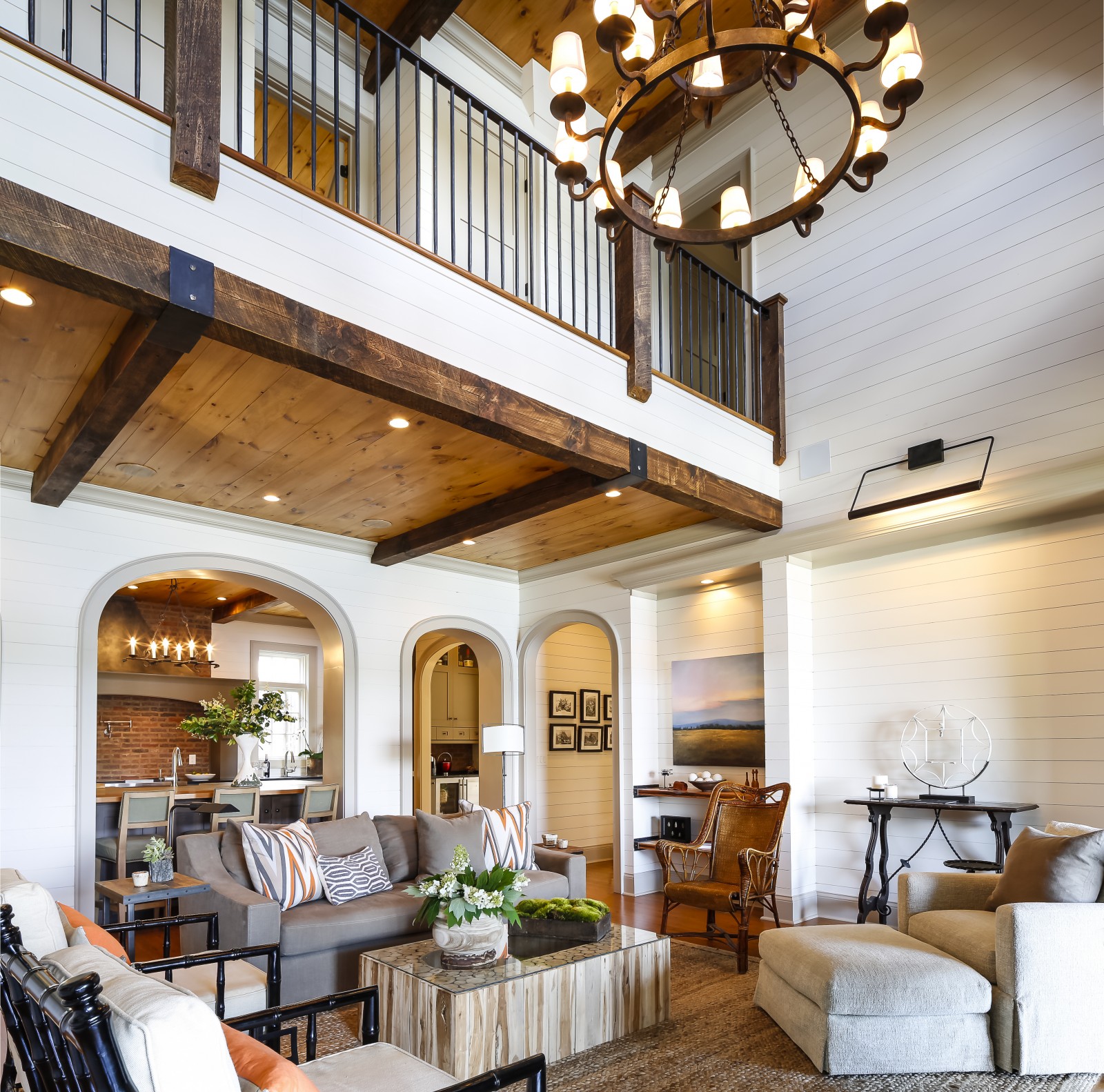
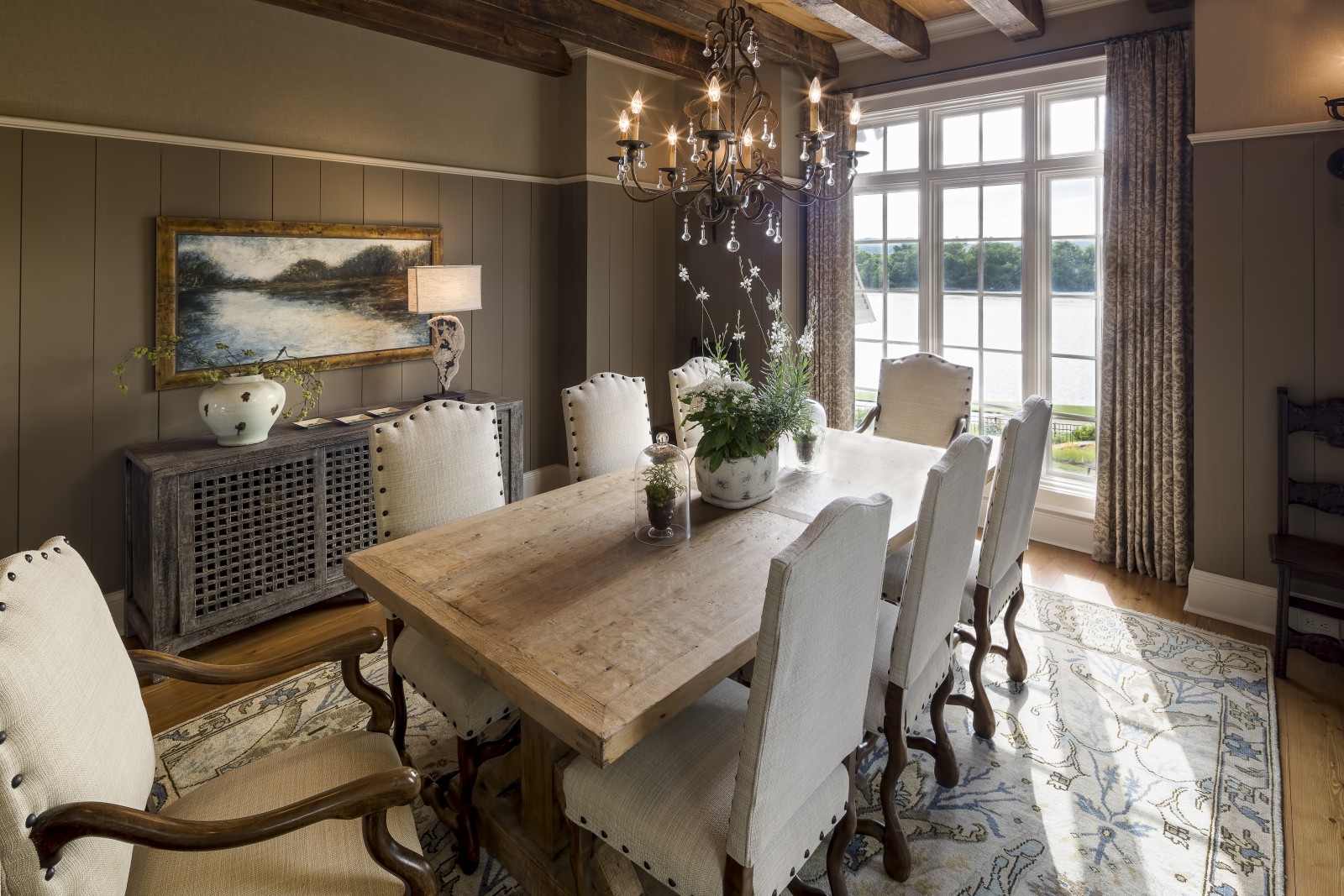

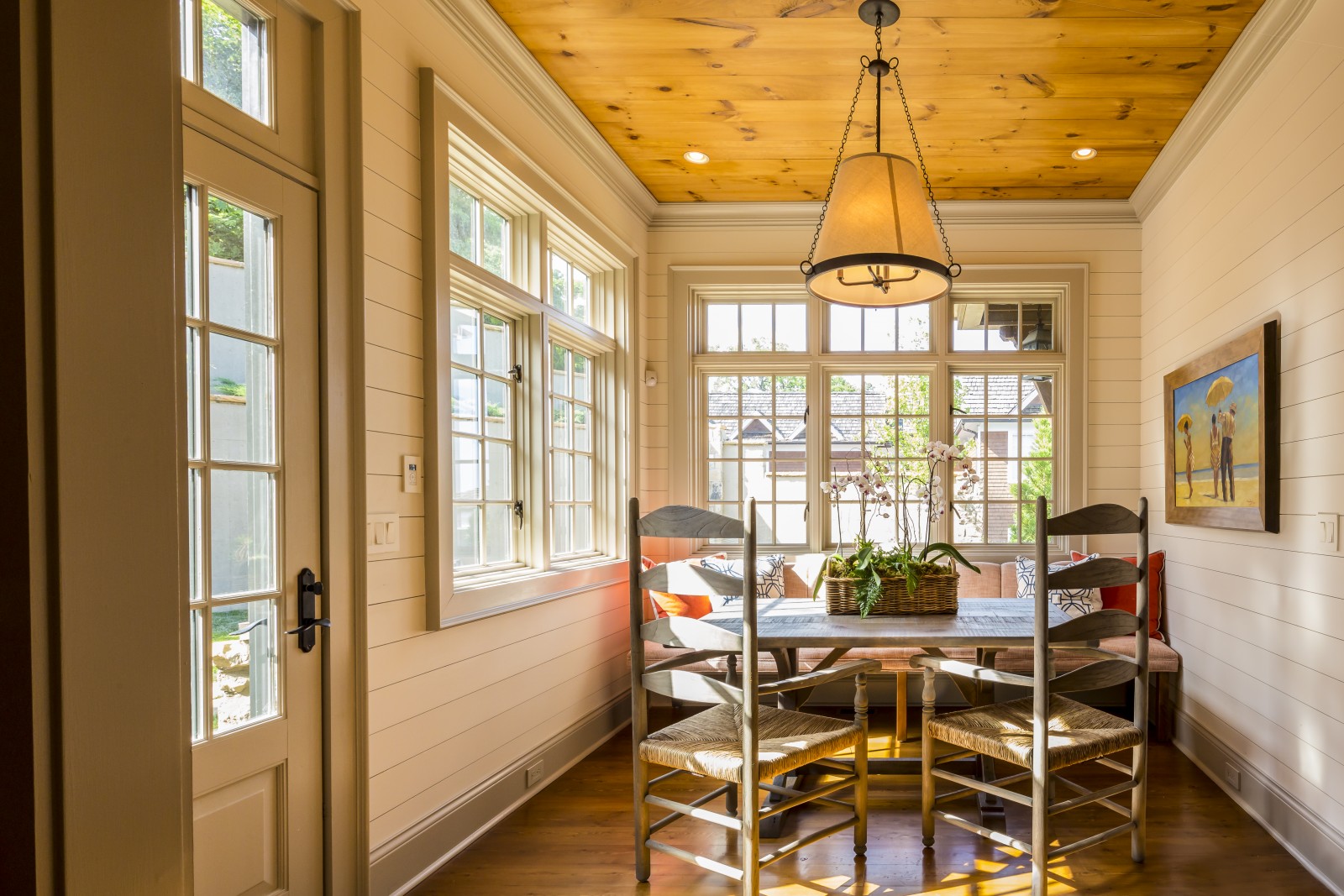
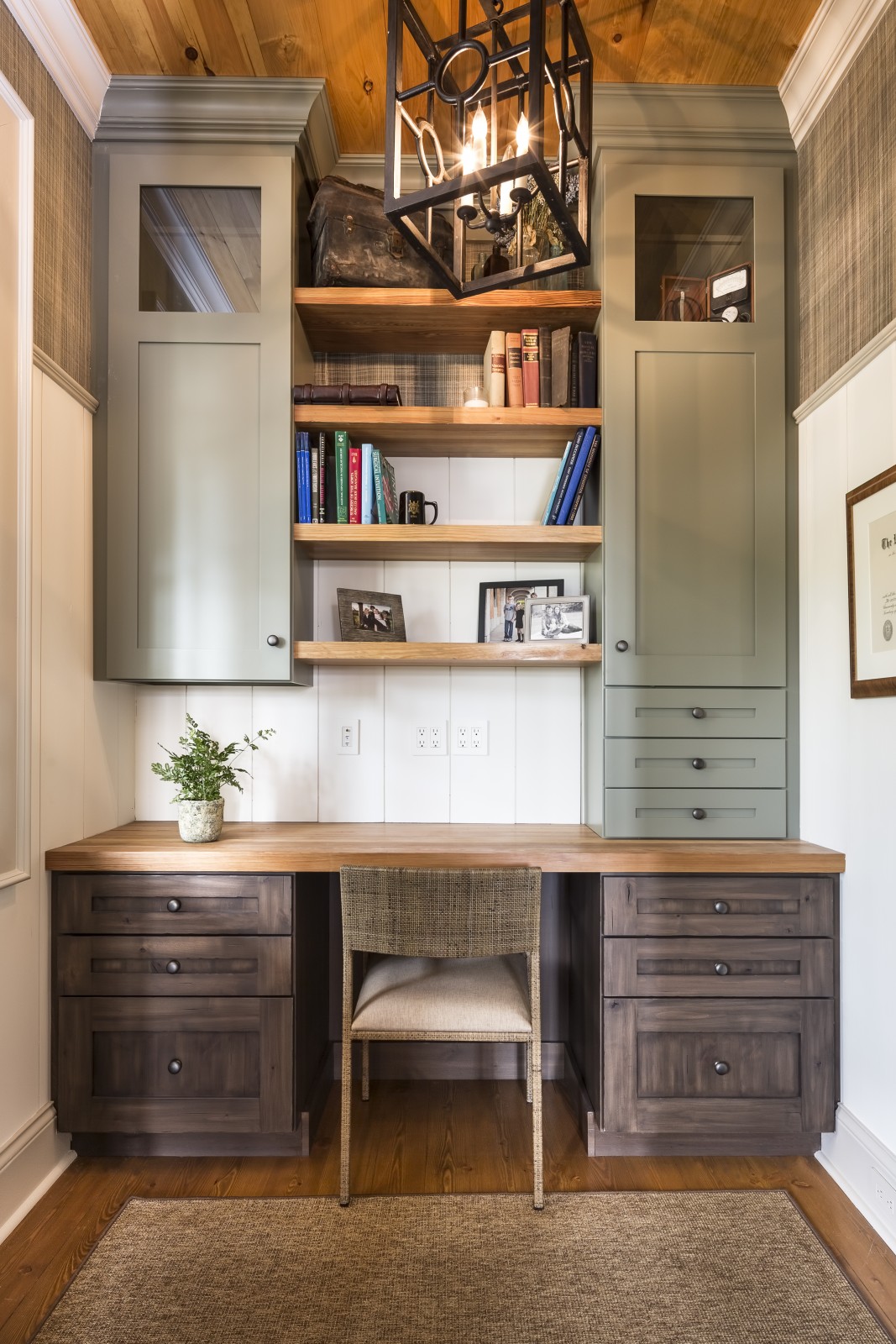
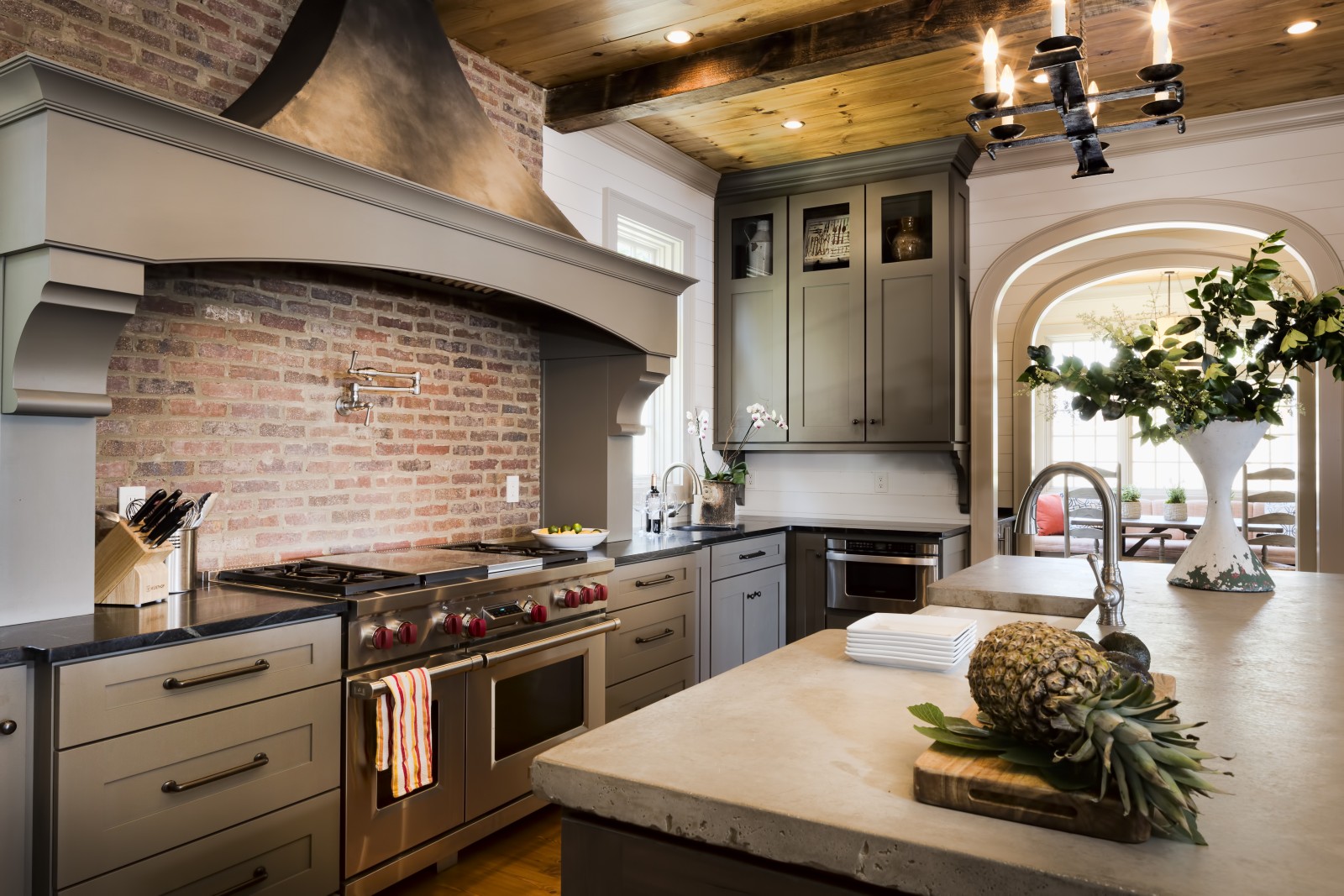
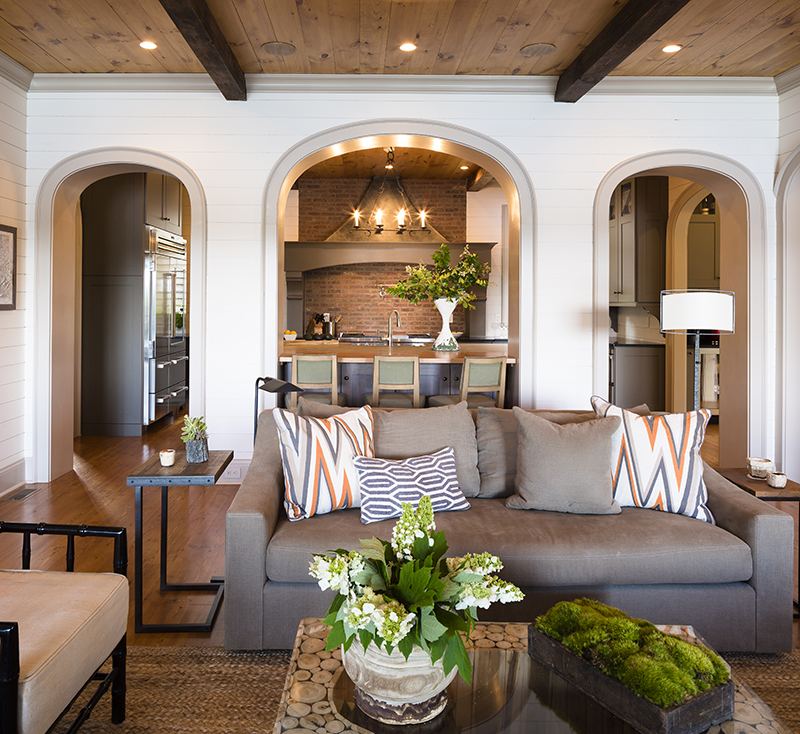
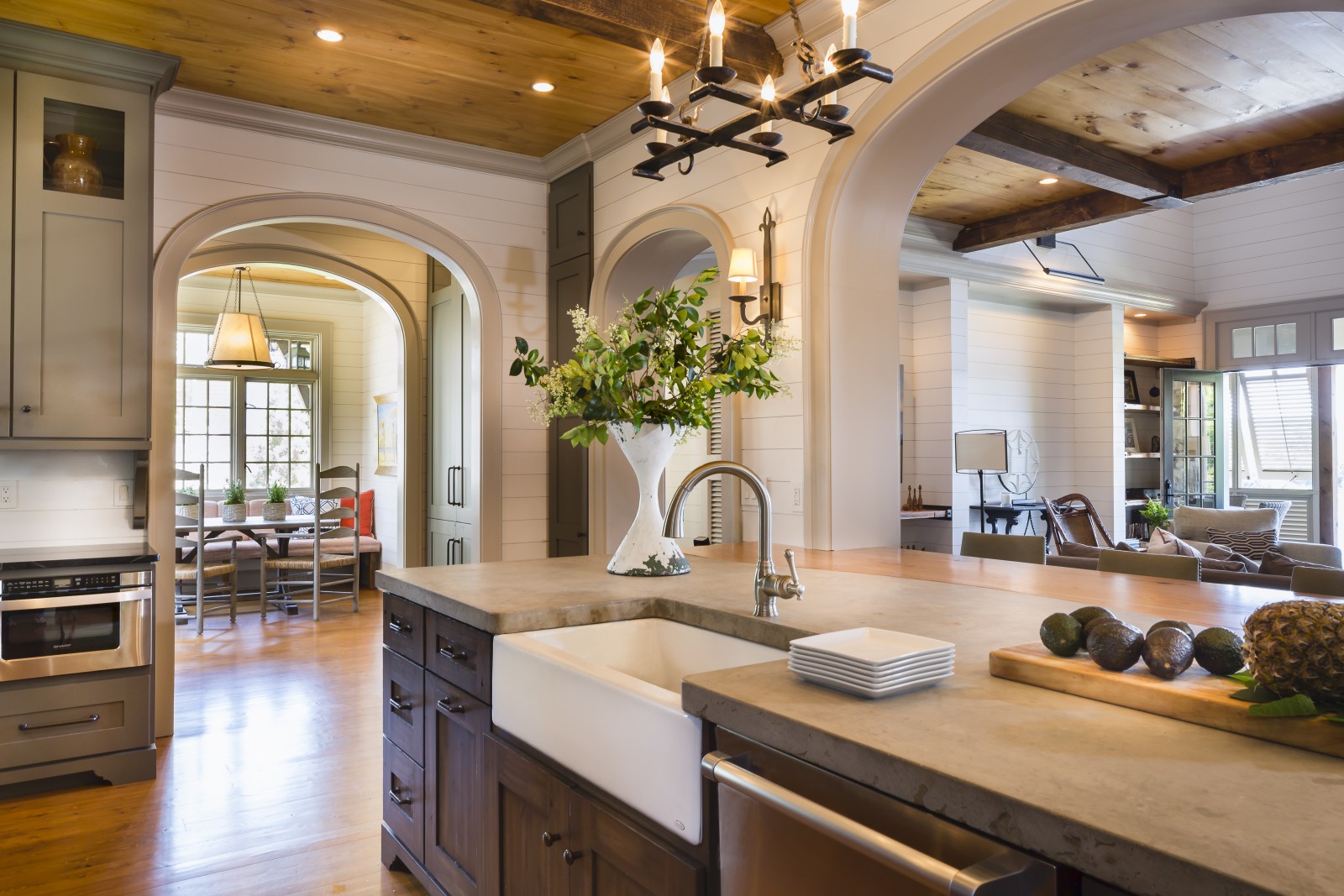

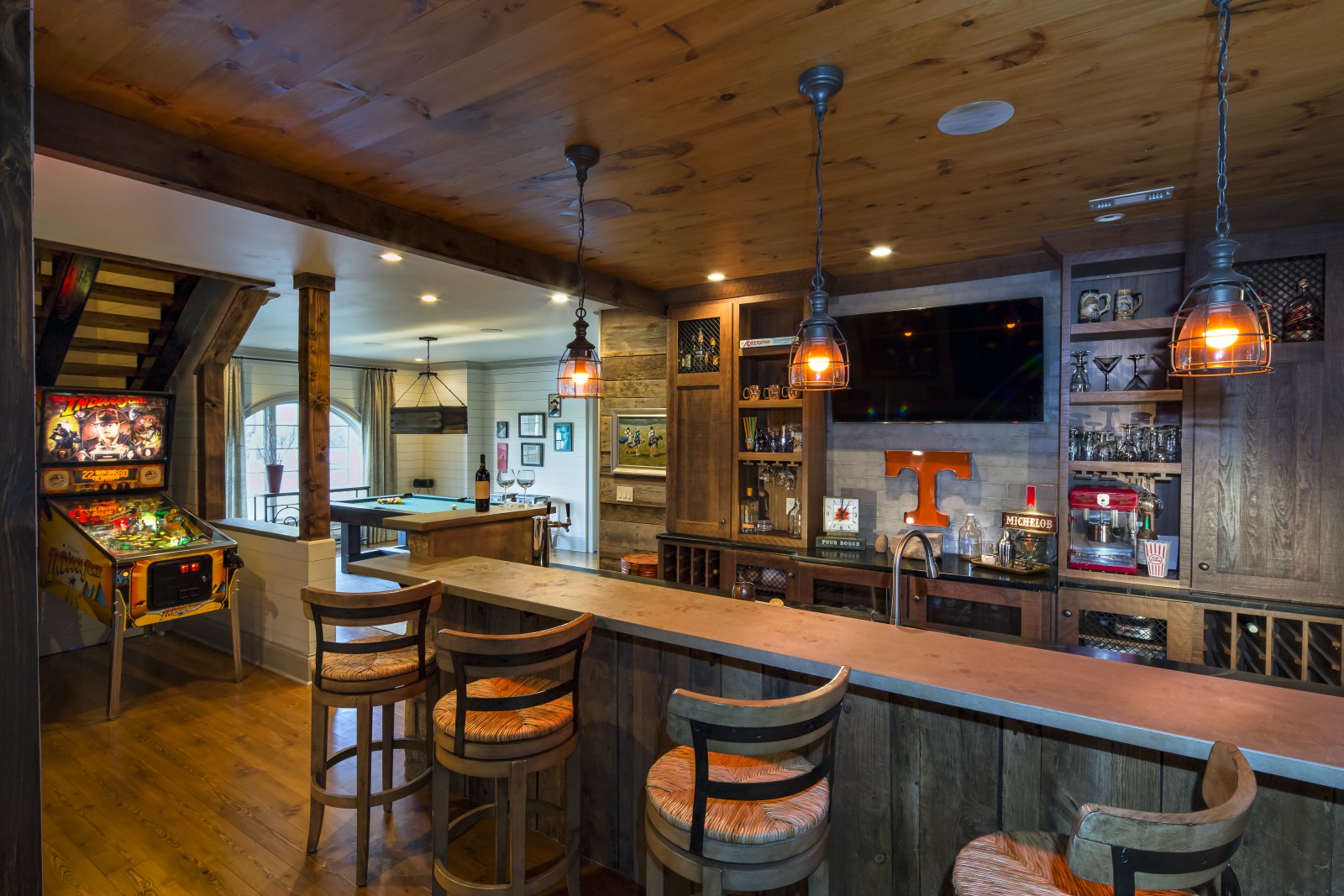








 We’re constantly looking for great real estate tech entrepreneurs to feature. If that’s you,
We’re constantly looking for great real estate tech entrepreneurs to feature. If that’s you, 


